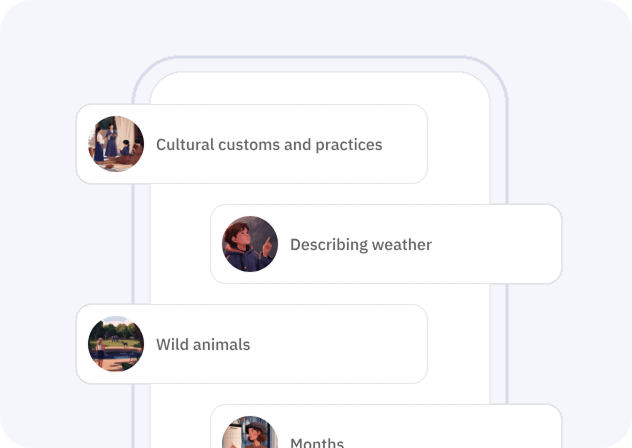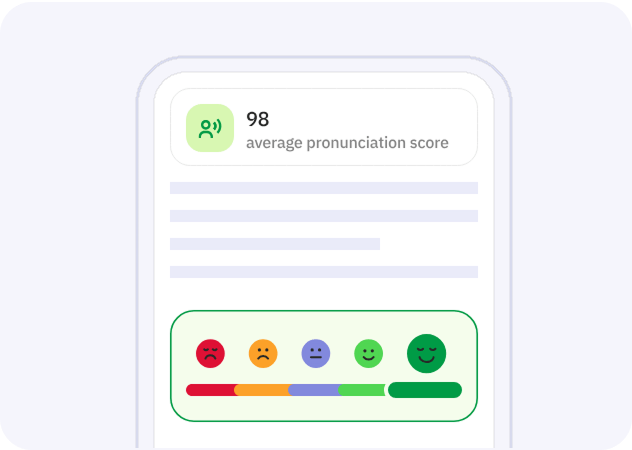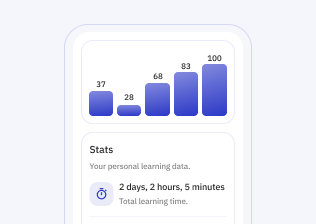Der spanische Begriff "tejer" bedeutet auf Deutsch "weben" oder "stricken". Es handelt sich um ein reguläres Verb der ersten Konjugation, das im Spanischen häufig verwendet wird. "Tejer" beschreibt den Vorgang, bei dem Fäden oder Fasern miteinander verknüpft werden, um Stoffe, Textilien oder andere Materialien zu erzeugen. Diese Tätigkeit kann sowohl handwerklich als auch industriell erfolgen und ist eine grundlegende Technik in der Textilherstellung. Das Verb wird in verschiedenen Kontexten verwendet, um auf das Erstellen von Geweben oder Strickwaren hinzuweisen.
Ella teje un suéter para su nieto.
Nosotros tejíamos bufandas durante el invierno.
Mi abuela tejió una manta hermosa el año pasado.
Quiero aprender a tejer gorros de lana.
Ellos tejerán una red para pescar.
Siempre tejo cuando estoy estresado.
Mi madre y yo tejimos una colcha juntos.
Si tejes un poco cada día, terminarás pronto.
Las mujeres del pueblo tejen alfombras coloridas.
En el taller, los estudiantes tejerán sus propias prendas.
Yo tejo una bufanda.
Tú tejes un suéter.
Él/Ella/Usted teje una manta.
Nosotros/Nosotras tejemos un gorro.
Vosotros/Vosotras tejéis unos guantes.
Ellos/Ellas/Ustedes tejen calcetines.
Yo tejí una bufanda el año pasado.
Tú tejiste un suéter la semana pasada.
Él/Ella/Usted tejió una manta ayer.
Nosotros/Nosotras tejimos un gorro el mes pasado.
Vosotros/Vosotras tejisteis unos guantes hace dos días.
Ellos/Ellas/Ustedes tejieron calcetines el otro día.
Yo he tejido una bufanda.
Tú has tejido un suéter.
Él/Ella/Usted ha tejido una manta.
Nosotros/Nosotras hemos tejido un gorro.
Vosotros/Vosotras habéis tejido unos guantes.
Ellos/Ellas/Ustedes han tejido calcetines.
Yo había tejido una bufanda antes de irme.
Tú habías tejido un suéter antes de la reunión.
Él/Ella/Usted había tejido una manta antes de dormir.
Nosotros/Nosotras habíamos tejido un gorro antes del viaje.
Vosotros/Vosotras habíais tejido unos guantes antes de la fiesta.
Ellos/Ellas/Ustedes habían tejido calcetines antes de la cena.
Yo tejeré una bufanda mañana.
Tú tejerás un suéter la próxima semana.
Él/Ella/Usted tejerá una manta el próximo mes.
Nosotros/Nosotras tejeremos un gorro pronto.
Vosotros/Vosotras tejeréis unos guantes en breve.
Ellos/Ellas/Ustedes tejerán calcetines pronto.
Yo habré tejido una bufanda para entonces.
Tú habrás tejido un suéter para el próximo año.
Él/Ella/Usted habrá tejido una manta para esa fecha.
Nosotros/Nosotras habremos tejido un gorro para el fin de semana.
Vosotros/Vosotras habréis tejido unos guantes para mañana.
Ellos/Ellas/Ustedes habrán tejido calcetines para la próxima reunión.
Yo teja una bufanda si tengo tiempo.
Tú tejas un suéter si puedes.
Él/Ella/Usted teja una manta si tiene lana.
Nosotros/Nosotras tejamos un gorro si hace frío.
Vosotros/Vosotras tejáis unos guantes si queréis.
Ellos/Ellas/Ustedes tejan calcetines si tienen agujas.
Yo tejería una bufanda si tuviera tiempo.
Tú tejerías un suéter si pudieras.
Él/Ella/Usted tejería una manta si tuviera lana.
Nosotros/Nosotras tejeríamos un gorro si hiciera frío.
Vosotros/Vosotras tejeríais unos guantes si quisierais.
Ellos/Ellas/Ustedes tejerían calcetines si tuvieran agujas.
Der effizienteste Weg, eine Sprache zu lernen
Talkpal kostenlos
Jeder Mensch lernt auf seine eigene Art und Weise. Mit Talkpal sind wir in der Lage, zu untersuchen, wie Millionen von Menschen gleichzeitig lernen, und die effizientesten Bildungsplattformen zu entwerfen, die für jeden Schüler angepasst werden können.

Sie erhalten sofortiges, persönliches Feedback und Vorschläge, um Ihre Sprachbeherrschung zu beschleunigen.

Lernen Sie mit Methoden, die auf Ihren eigenen Stil und Ihr eigenes Tempo zugeschnitten sind, um eine persönliche und effektive Reise zum flüssigen Sprechen zu gewährleisten.
Talkpal ist ein KI-gestützter Sprachtutor. Das ist die effizienteste Art, eine Sprache zu lernen. Chatten Sie über eine unbegrenzte Anzahl interessanter Themen, indem Sie entweder schreiben oder sprechen, während Sie Nachrichten mit realistischer Stimme empfangen.


Talkpal, Inc., 2810 N Church St, Wilmington, Delaware 19802, US
© 2025 All Rights Reserved.